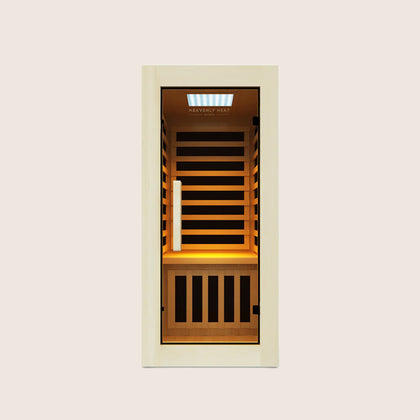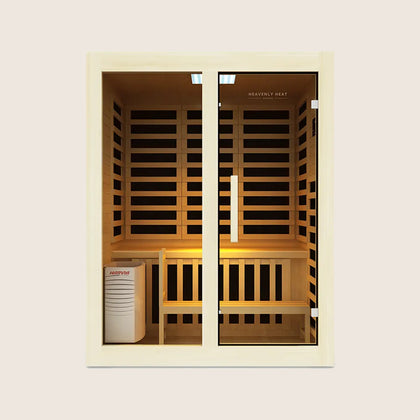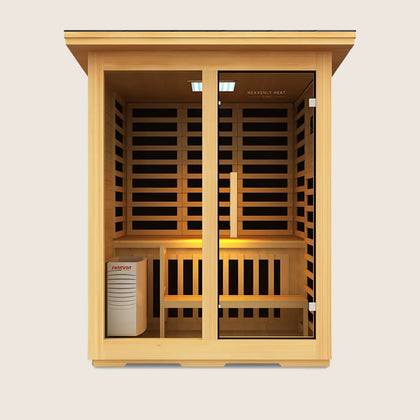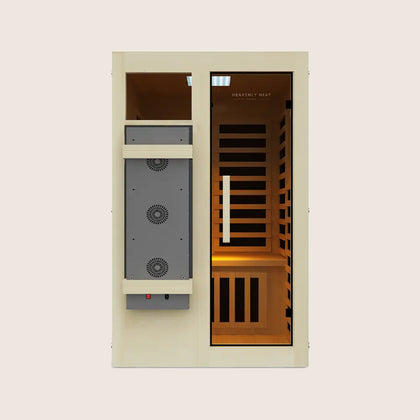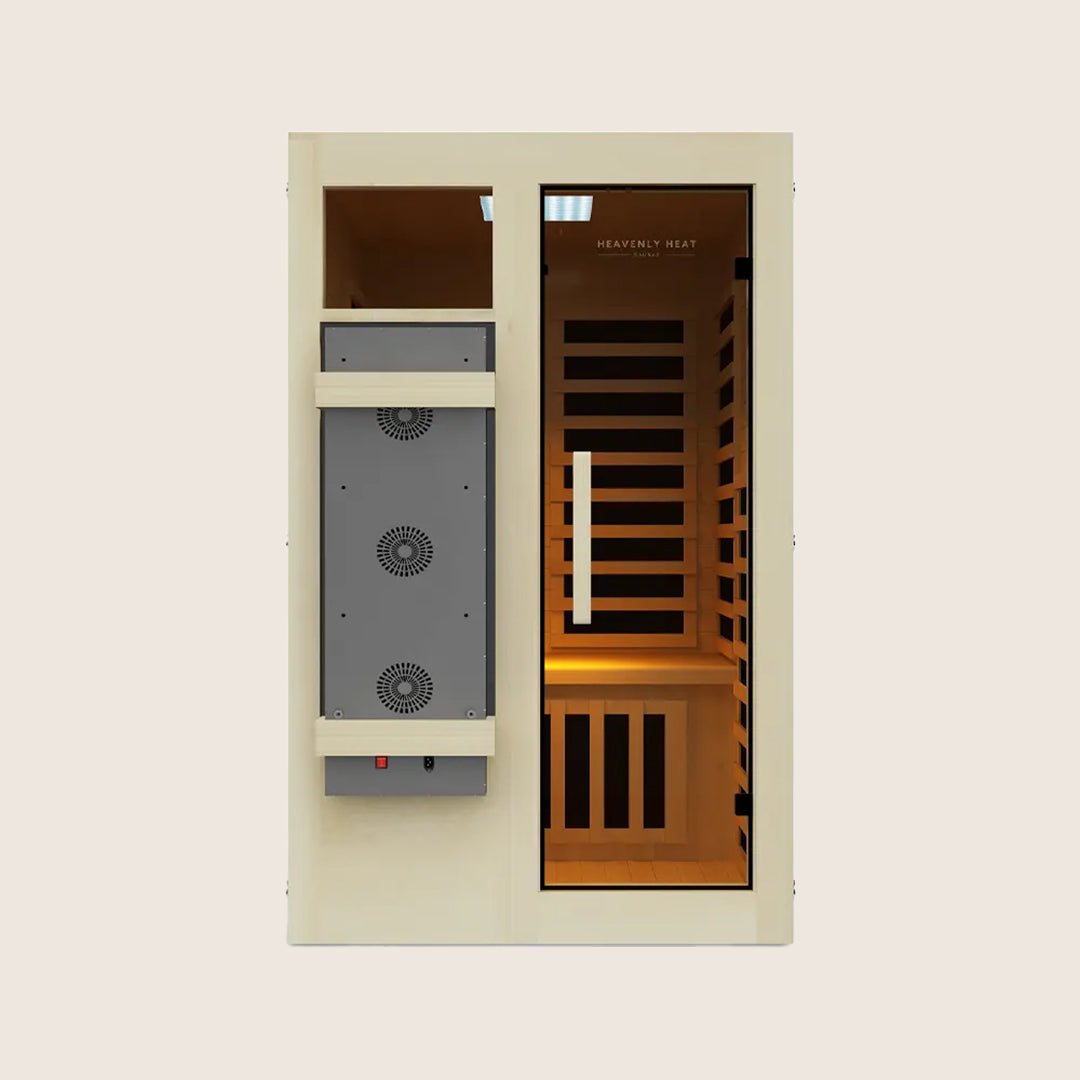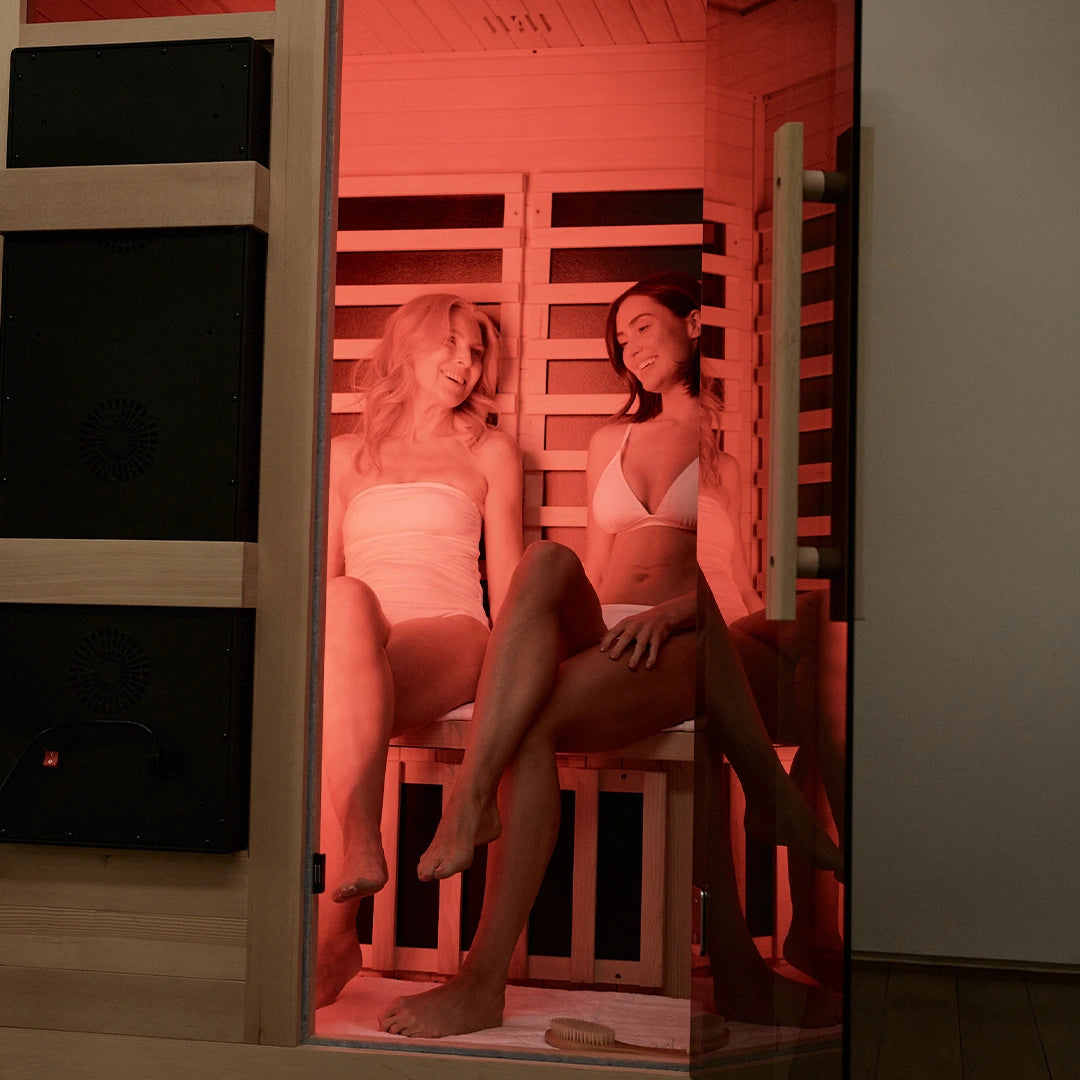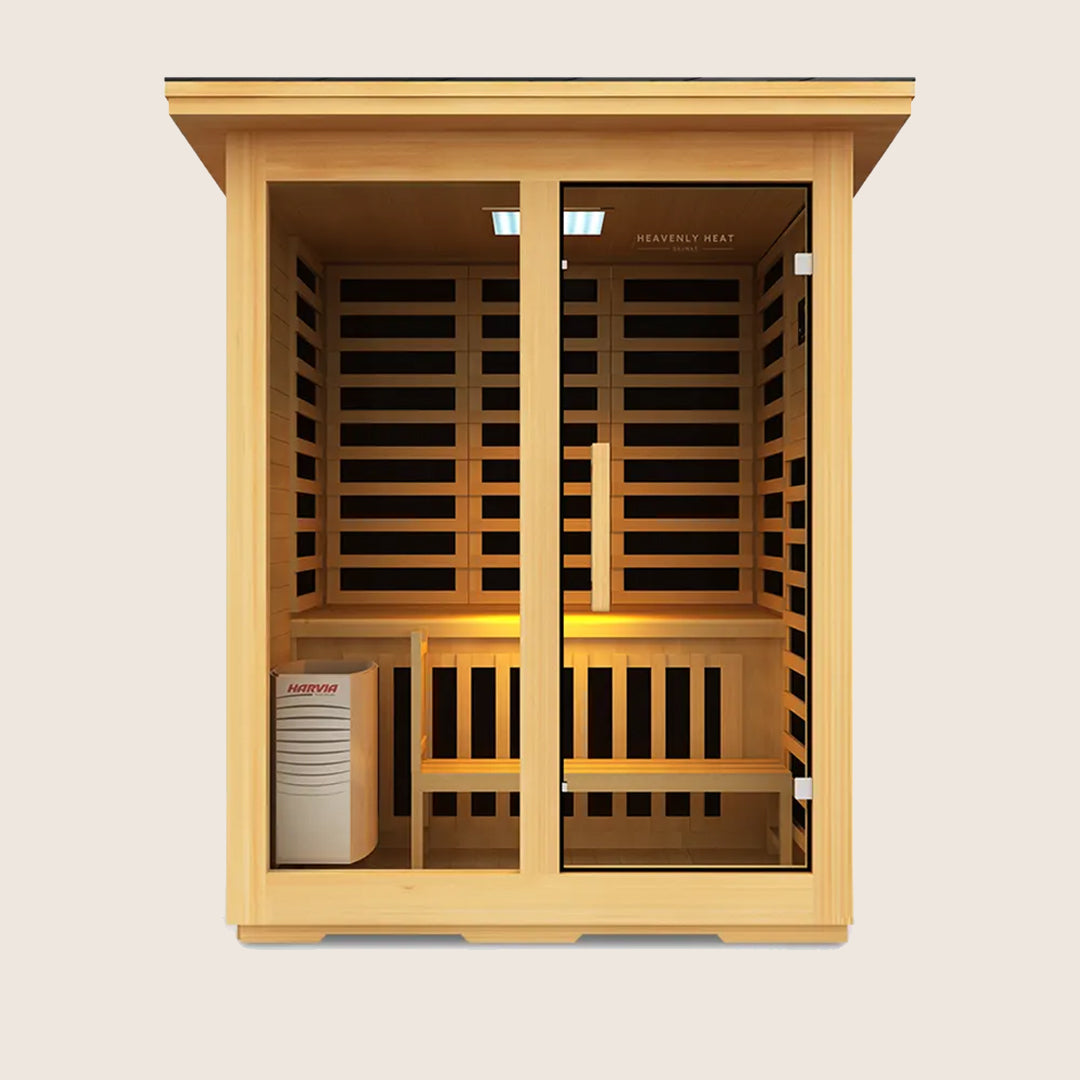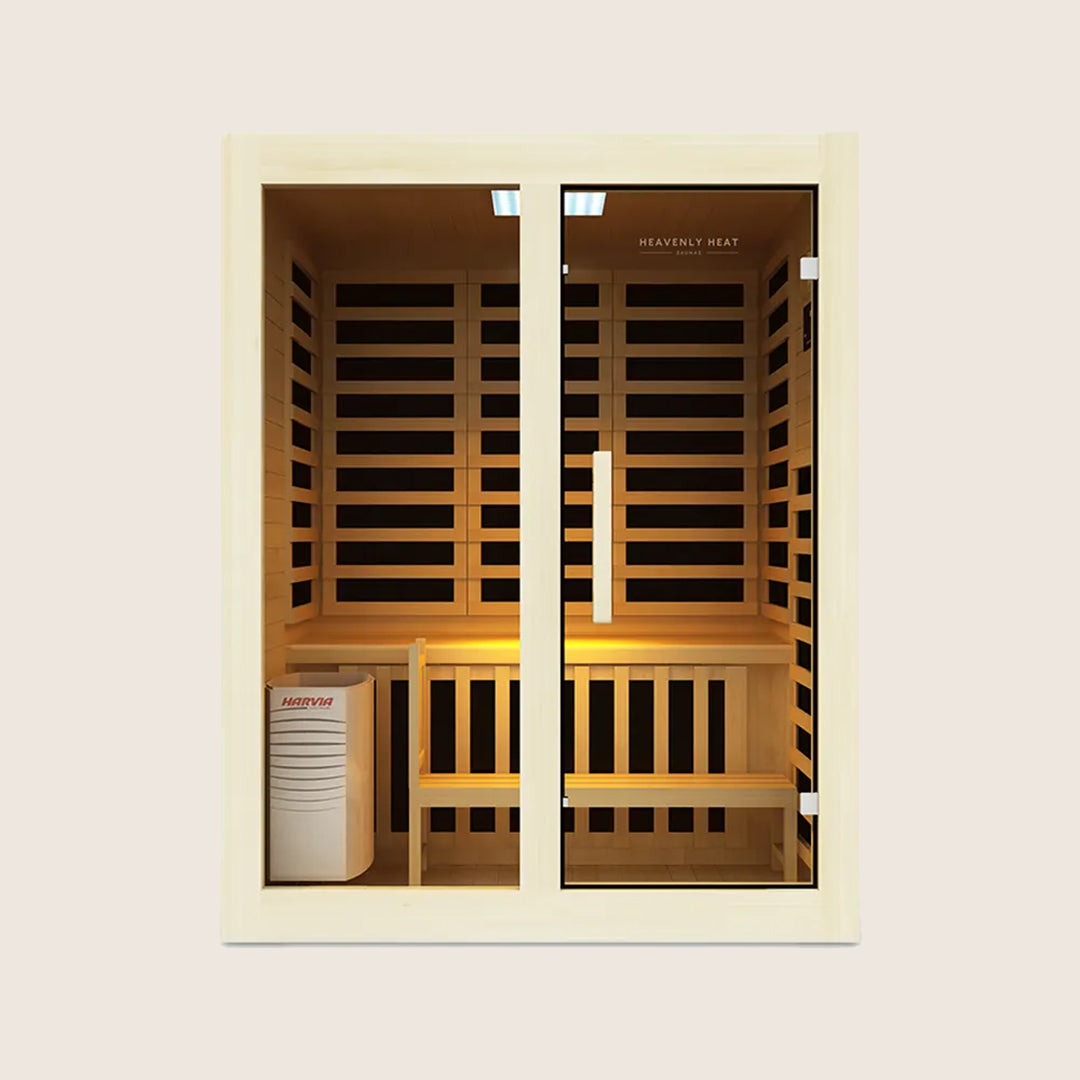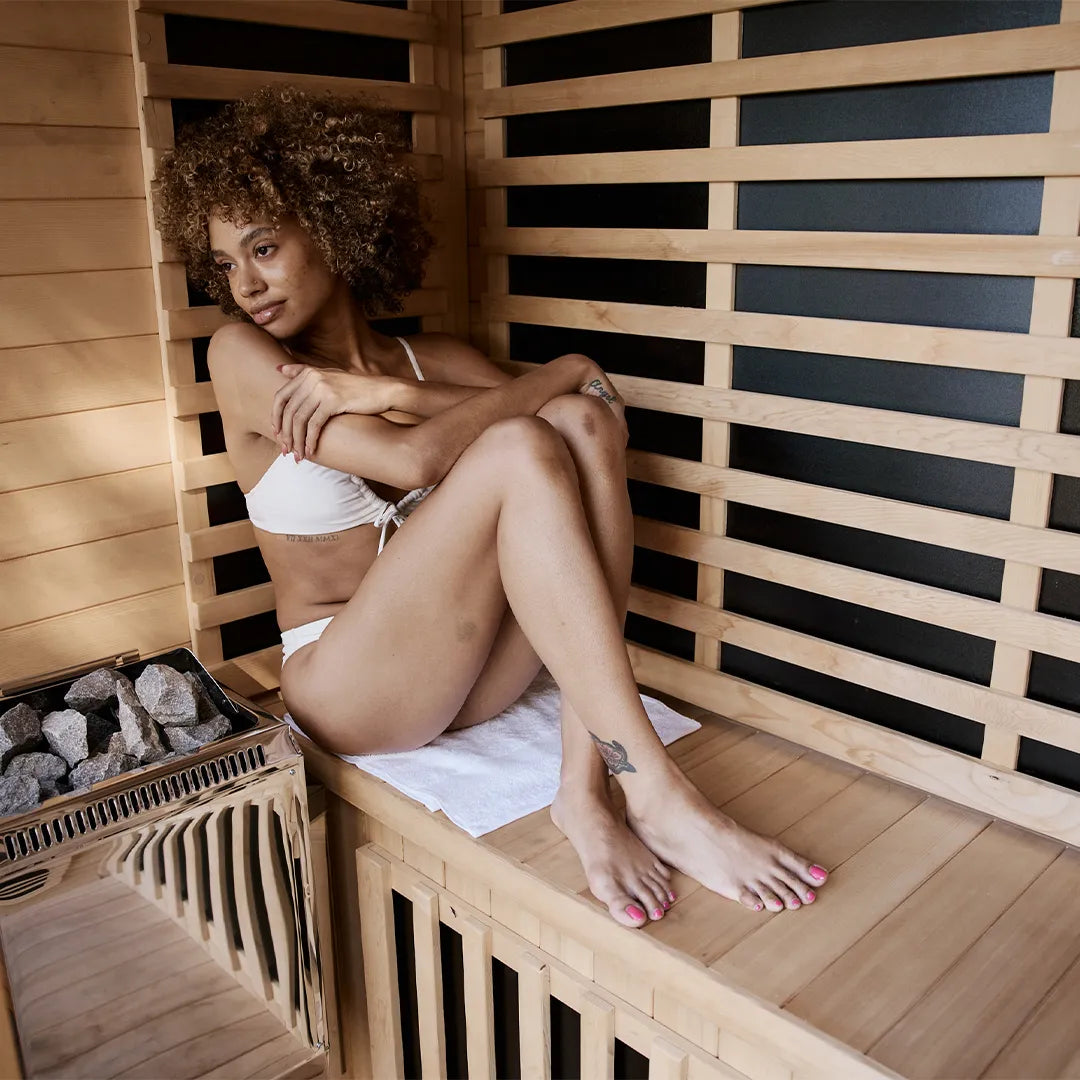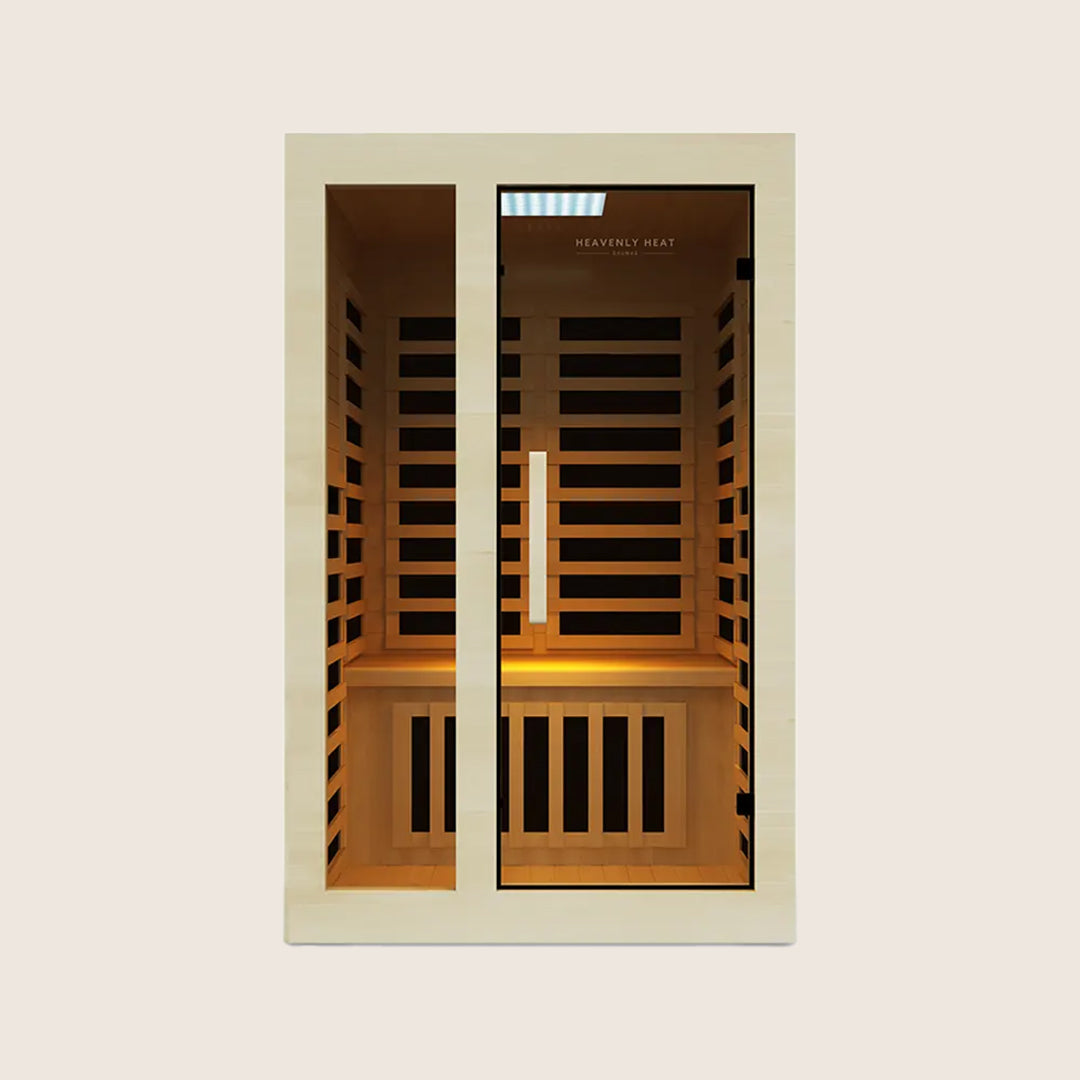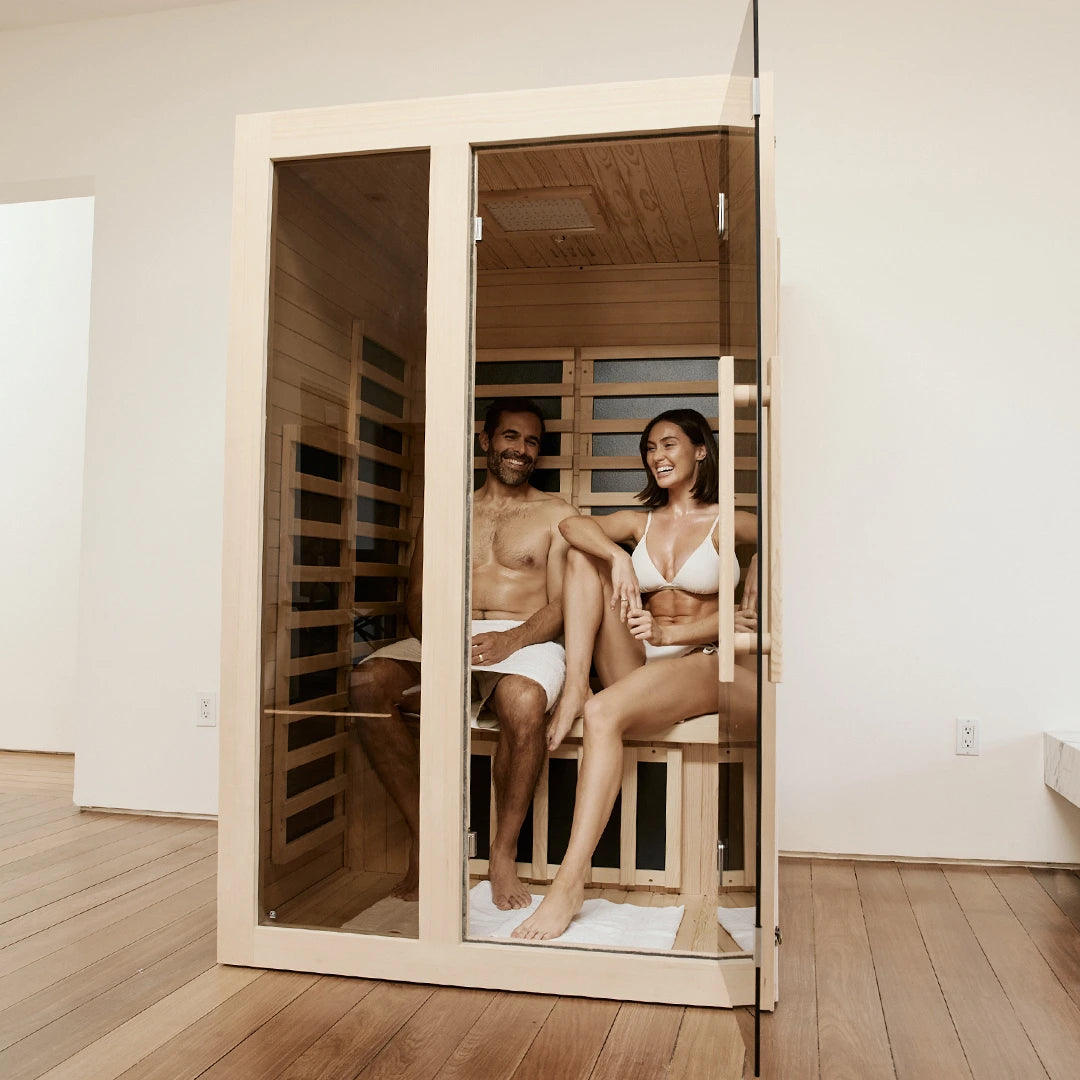How Much Electricity Does a Hot Tub Use Per Month? Cost Breakdown

Owning a hot tub feels like having a personal spa at home, but it can raise questions about electricity costs.
How much power does it really use? What drives your monthly bill higher? In this guide, we break down energy use, costs, and smart ways to save, so you enjoy your hot tub without surprises.
Key Takeaways
Understand Your Usage: Daily hot tub use consumes significantly more electricity than occasional use.
Size Matters: Larger hot tubs use more energy, so choose based on your needs.
Insulation is Key: A well-insulated tub and high-quality cover can cut energy use by up to 75%.
Climate Impacts Costs: Colder weather increases heating needs and electricity consumption.
Consider Solar: Solar panels can offset electricity costs and make your hot tub more eco-friendly.

How Much Electricity Does a Hot Tub Use Per Month?
A hot tub’s electricity use can vary, but on average, most models consume between 1,500 to 6,000 watts, which equals about 3–7.5 kWh a day.
That adds up to roughly 90–225 kWh per month, depending on how often you use it and how well it maintains water temperature.
Size also makes a difference: a smaller 2–3 person hot tub typically uses 90–120 kWh per month, while a medium 4–5 person model runs around 120–150 kWh.
Larger hot tubs built for 6–7 people may require 150–180 kWh monthly. Climate plays a role too, colder weather forces the heater to work harder, which means higher electricity use.
When it comes to cost, many hot tubs fall in the range of $10–$21 per month at average U.S. electricity rates, though efficient models can be as low as $15 or less.
Using insulation, energy-saving settings, and smart habits can help keep your hot tub enjoyable without driving up your bill.
Factors That Affect Hot Tub Electricity Usage
Size and Capacity of the Hot Tub
Hot tub size affects electricity use. Larger tubs hold more water, requiring more energy to heat, and more people and jets increase power consumption. Two-person tubs heat faster and use less electricity than six-person tubs.
Frequency and Duration of Use
How often and how long you use a hot tub has a major impact on electricity consumption. A hot tub that runs daily consumes significantly more energy than one used only a few times a week because it must constantly maintain water temperature and circulation.
On average, daily operation requires around 3–7.5 kWh per day, with approximately 75% of this energy devoted to heating.
The heater’s duty cycle also rises with frequent use, meaning the system remains active for longer periods and drives up monthly kWh usage.
Continuous heating, 24/7 circulation pumps, and natural heat loss all contribute to higher costs.
In contrast, less frequent use minimizes duty cycles, reduces pump operation, and allows the water to cool between sessions, lowering overall consumption.
Studies confirm that heavy users pay significantly more annually than light users, with energy efficiency, insulation quality, ambient temperature, and cover performance all further influencing costs.
In short, the frequency of use is a decisive factor in determining both electricity demand and long-term operating expenses
Water Temperature Settings
Water temperature has the biggest impact on a hot tub’s electricity use. Keeping it around 37–38°C balances comfort and energy costs.
Lowering the temperature by 2–3°C reduces electricity use, while raising it from 36°C to 40°C increases costs. Constant heating and frequent temperature changes also raise energy consumption.
Insulation and Cover Quality
Insulation and cover quality play a huge role in how much electricity your hot tub uses. A poorly insulated hot tub can waste 30–40% more energy than a well-insulated model, but investing in good insulation usually pays for itself within two to three years.
On top of that, high-quality covers are one of the best energy savers, cutting heating costs by 40–75%. Since up to 70% of a hot tub’s total energy use comes from heat and water loss, a cover that seals tightly makes a big difference.
Its R-value, which measures resistance to heat loss, directly impacts how often the heater has to run.
The higher the R-value, the longer the water stays warm, meaning less electricity is needed.
Without a proper insulated cover, heat escapes quickly, forcing the heater to work harder and driving up costs.
That’s why manufacturers and experts alike stress that a well-made, insulated cover isn’t just an accessory, it’s an essential part of an energy-efficient hot tub.
Pump and Jet Operation
Hot tub electricity costs depend on pump and jet use. Running jets at full power or using all jets at once consumes more energy, especially with larger pumps.
Variable-speed pumps save energy by allowing lower flow settings. Frequent pump cycles increase electricity use, so proper pump sizing and controlled jet use help reduce costs.
Climate and Outdoor Temperature
Hot tubs naturally use more electricity in colder climates because the greater difference between the hot water and chilly outside air causes heat to escape faster.
To keep the water at the set temperature, the heater has to kick on more often and run for longer periods.
This can easily double, or even triple, winter electricity costs compared to summer—sometimes adding anywhere from $30 to over $300 to a monthly bill depending on insulation, hot tub size, local rates, and usage habits.
Poor insulation, thin or leaky covers, and wind exposure make the problem worse, while a well-insulated tub with a heavy, snug-fitting cover can cut energy loss significantly.
Insulation quality matters most: rigid or spray foam with higher R-values can reduce heating needs and save up to 30% in energy costs compared to basic fiberglass or reflective wraps.
Studies confirm that hot tubs consume far more power in winter than summer, which is why choosing efficient insulation and maintaining a steady temperature are key to controlling costs.
Energy Efficiency of the Hot Tub Model
When choosing a hot tub, energy efficiency affects monthly electricity costs. Models with lower power use, energy-saving modes, and variable-speed pumps reduce electricity without sacrificing performance.
Good insulation and smart design minimize heat loss, and following recommended temperature settings further cuts energy use.
An efficient model saves money and energy while keeping the hot tub enjoyable year-round.
How to Calculate Your Hot Tub’s Monthly Electricity Cost?
To calculate your hot tub’s monthly electricity cost, multiply its wattage (kW) by daily usage hours and your electricity rate ($/kWh), then by 30.
Check your manual for wattage, your bill for rate, and factor in heating, jets, insulation, ambient temperature, and usage habits.
How to Make Your Hot Tub More Energy Efficient?
To make your hot tub more energy efficient, use a high-quality cover and thermal blanket, enhance insulation with mats or wrapping, install a windbreak, lower water temperature based on usage, use timers, clean filters regularly, fix leaks, and maintain components to minimize heat loss and optimize performance.
FAQs
Do hot tubs use a lot of electricity?
Yes, hot tubs can use significant electricity, mainly from heaters and pumps. Usage, insulation, climate, and temperature settings affect consumption. Energy-efficient models, thermal covers, consistent temperatures, and sheltered placement reduce costs, which typically range from $20–$50 monthly, rising 20–30% in colder weather.
Does the size of the hot tub affect electricity usage?
The size of a hot tub directly affects electricity usage because larger tubs hold more water, requiring longer heating times and greater energy from heaters and pumps. Increased water volume and surface area raise energy demand and heat loss, making bigger tubs more electricity-intensive.
Do inflatable hot tubs use more electricity than regular ones?
Inflatable hot tubs use more electricity than traditional hard-shell models due to poor insulation, greater heat loss, and longer heating times. Their heaters and pumps work harder to maintain temperature, and energy use is influenced by usage patterns, ambient conditions, and cover quality, making hard-shell tubs more efficient.
Do older hot tubs use more electricity than newer ones?
Yes, older hot tubs generally use more electricity than newer ones. Newer models feature improved insulation, efficient pumps, advanced heating systems, and smart controls, reducing energy use. Older tubs, with outdated technology and poorer insulation, experience greater heat loss, forcing heaters to consume more electricity.
Can solar panels reduce hot tub electricity costs?
Running a hot tub can add a noticeable bump to your electricity bill since most models use between 1,500 and 6,000 watts, translating to roughly 90–225 kWh per month. While actual costs vary depending on location and usage, efficient models often cost $10–$21 monthly, with heating and reheating being the biggest energy drain. In fact, about 75% of a hot tub’s energy is used simply to maintain water temperature when not in use. This is where solar power comes in as a smart solution. A typical 4 kW solar system can generate around 2,850 kWh of electricity annually, more than enough to cover a hot tub’s yearly needs. Though installing solar panels can cost $9,000–$15,000 upfront, they offer long-term savings, reduce reliance on grid power, and cut your carbon footprint. Homeowners using solar often see their hot tubs powered sustainably, either directly during the day or via stored energy in batteries, making relaxation more affordable and eco-friendly.
Are hot tubs more expensive to run in certain climates?
Yes, hot tubs tend to be more expensive to run in colder climates because the heater has to work harder to maintain the water temperature against chilly air and faster heat loss. In northern regions, the larger temperature difference between the hot water and outdoor air means heaters run longer and use more electricity, while in warmer southern climates, less energy is needed to keep the water warm. Seasonal spikes are common too, utility data shows that winter usage can raise electricity bills by 20–30%. Insulation plays a huge role in these differences. A well-insulated tub with a snug cover keeps heat in and reduces costs, while older or poorly insulated models burn through more energy. Research in the Journal of Energy and Buildings also highlights how high-performance insulation dramatically cuts energy consumption in varying climates, underscoring its value for hot tubs as well. Ultimately, where you live, local energy prices, the tub’s insulation, and how often you use it all combine to determine monthly running costs.


